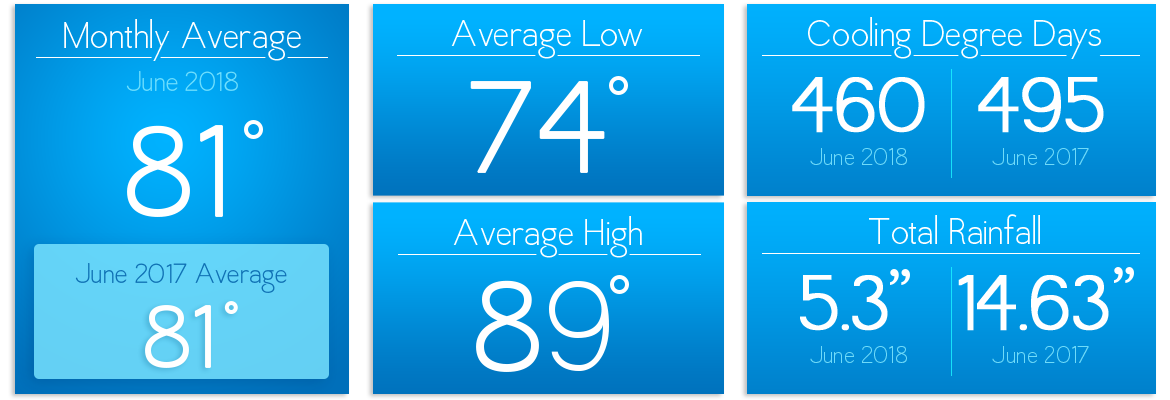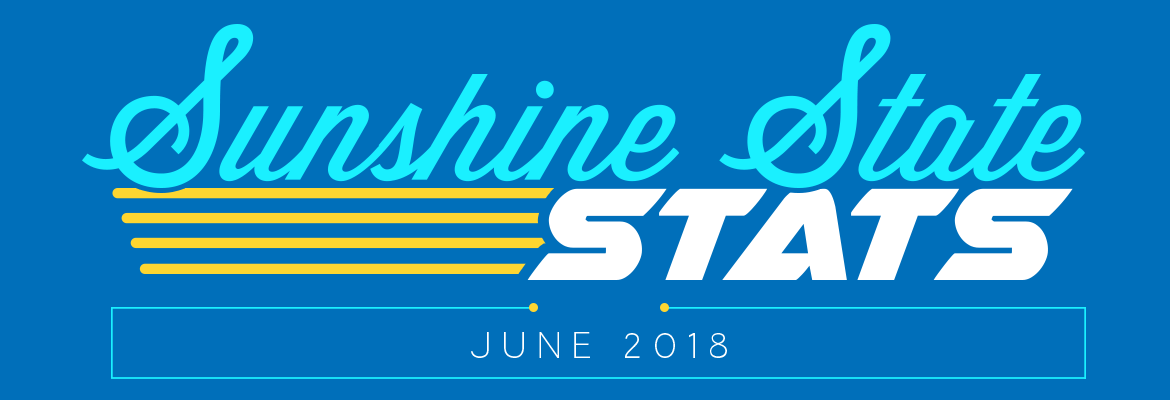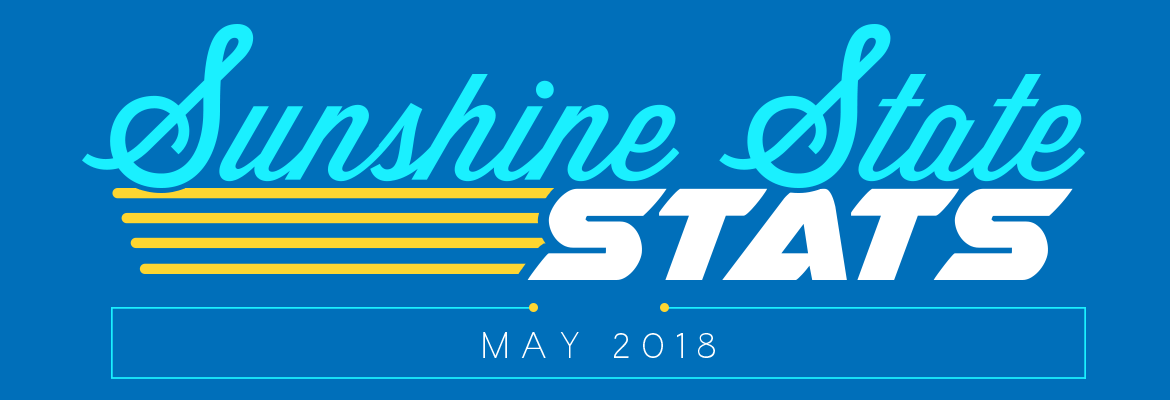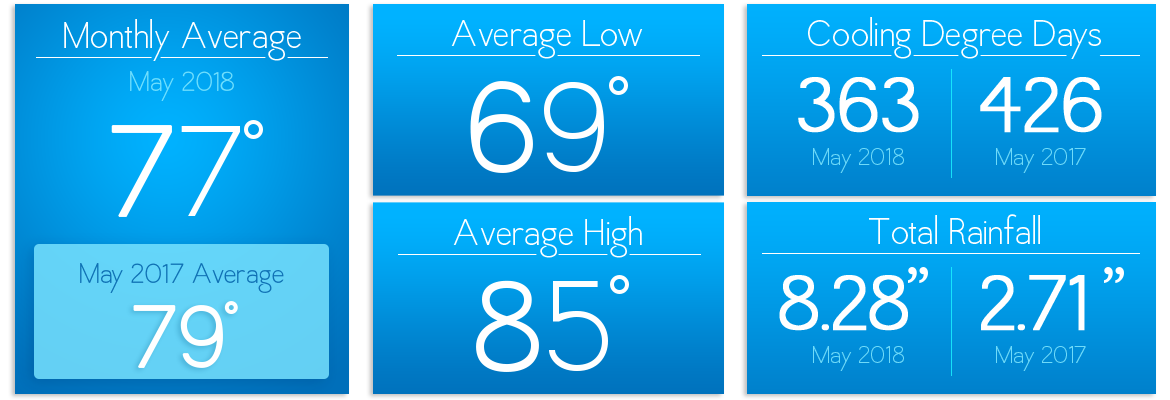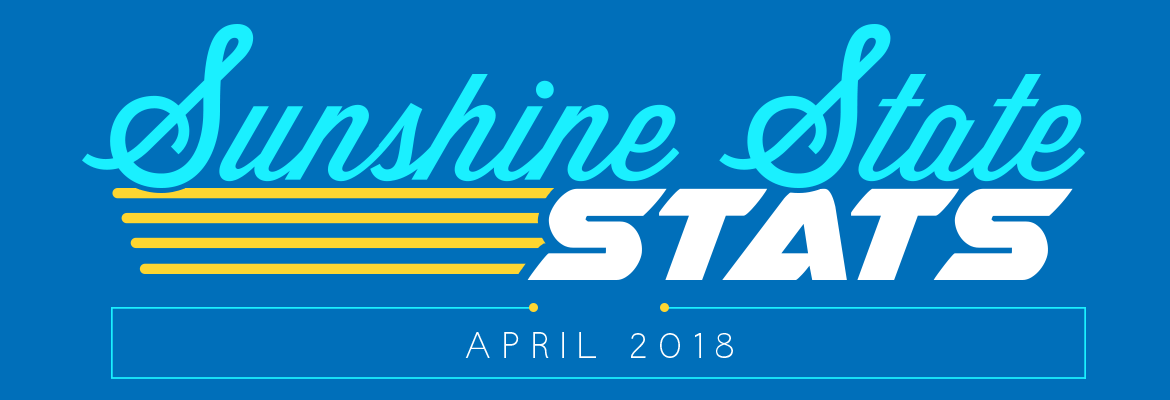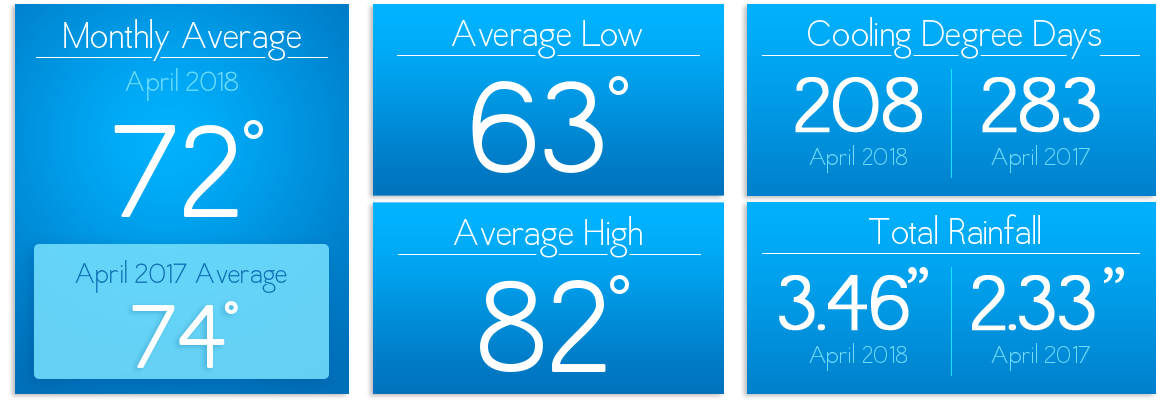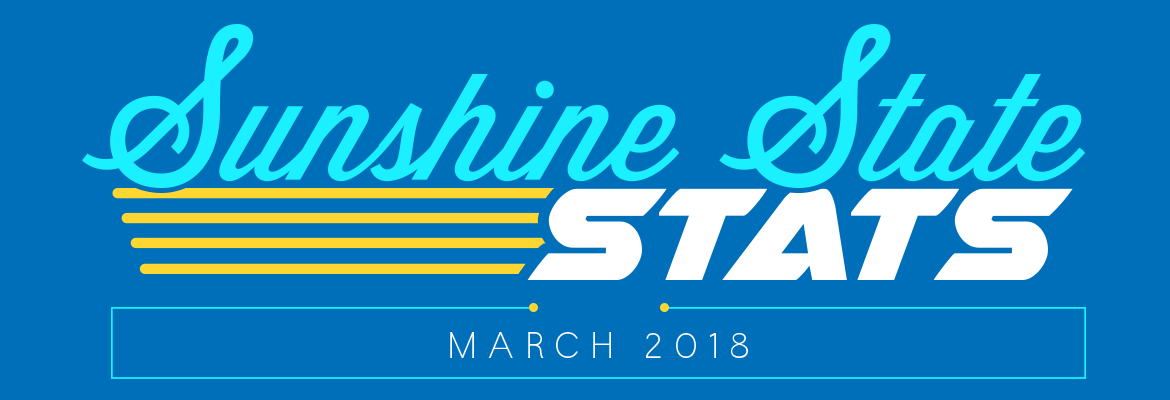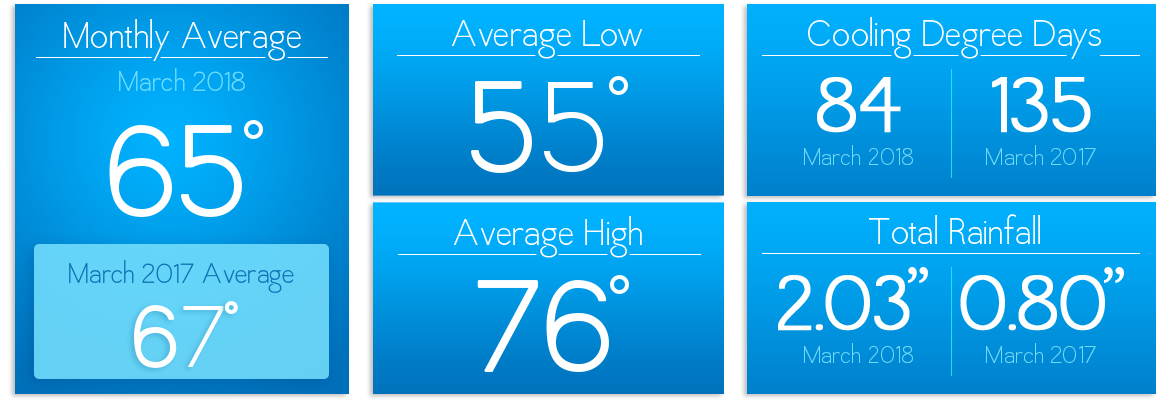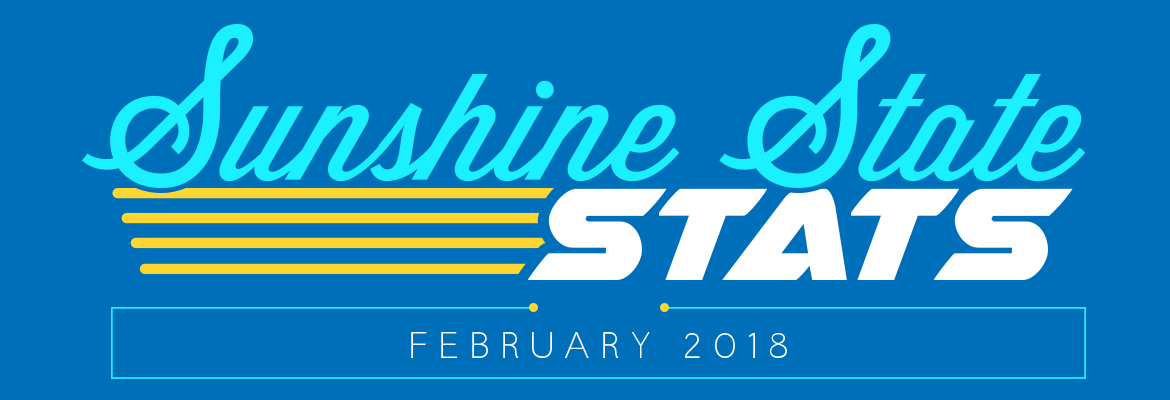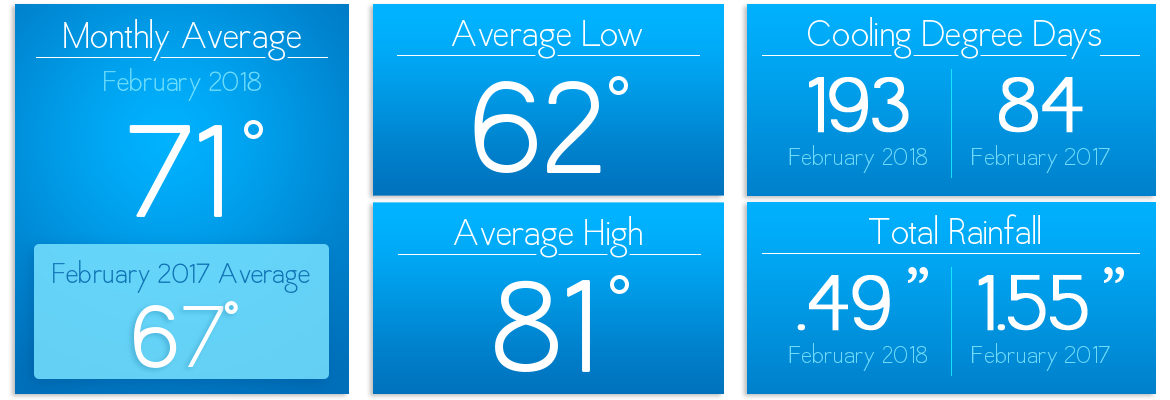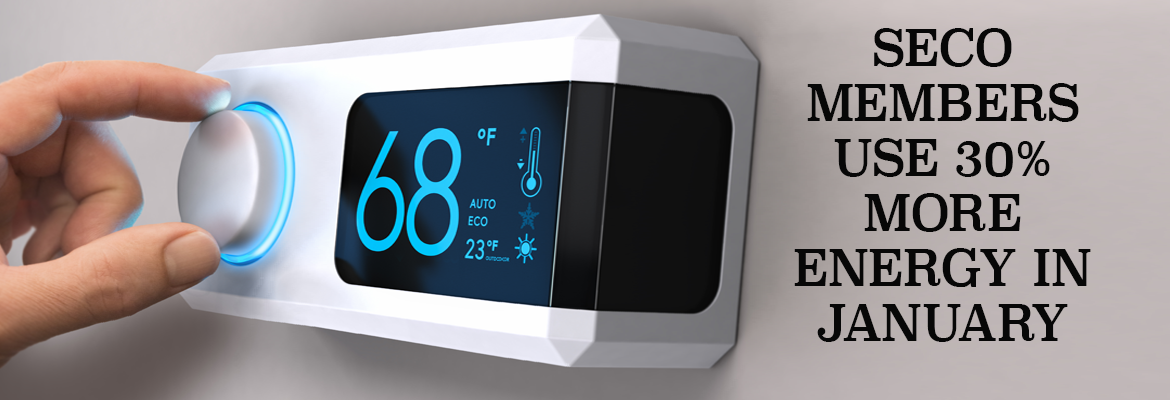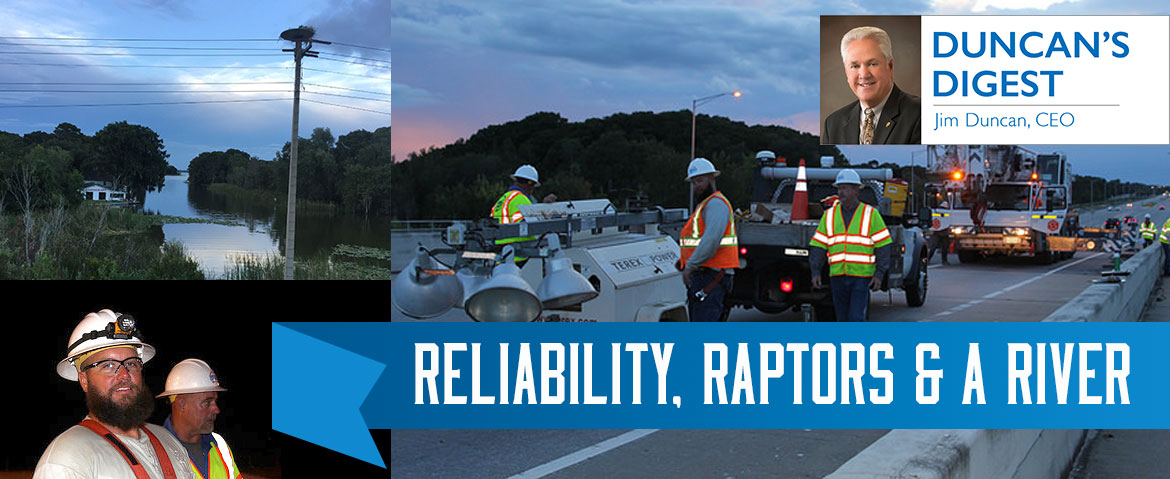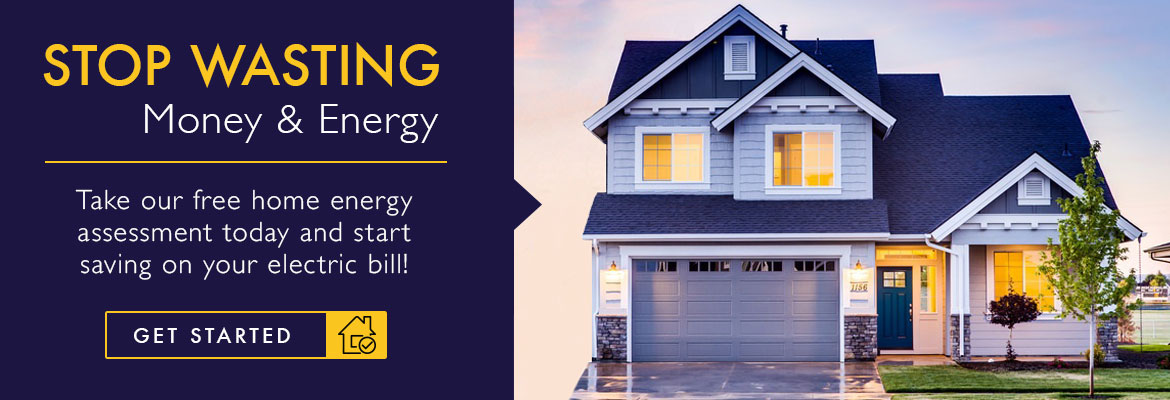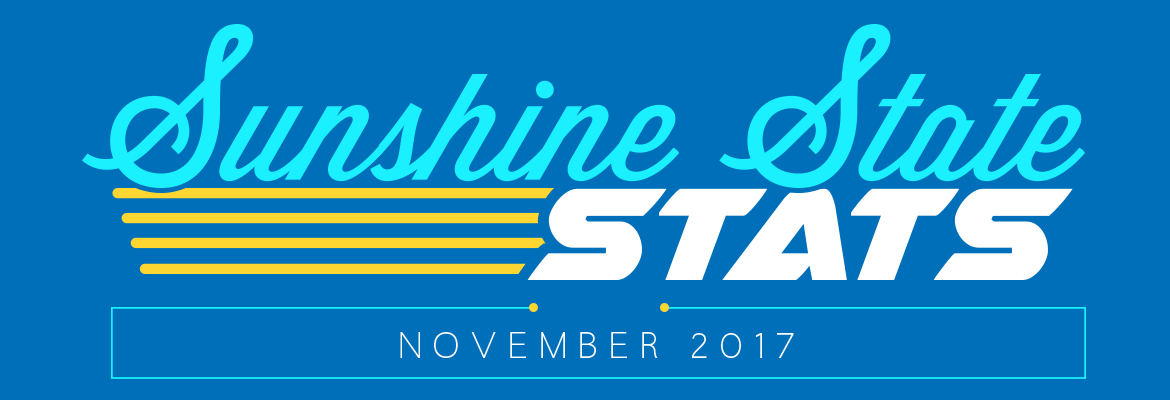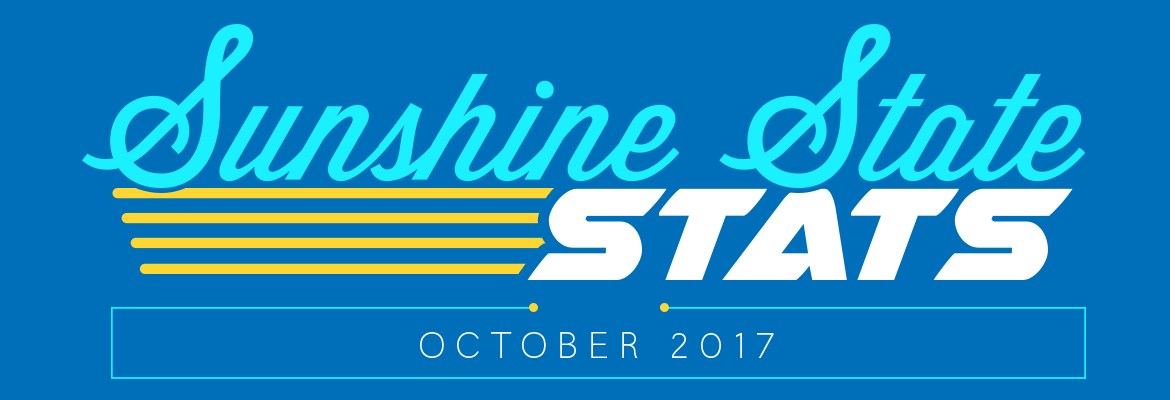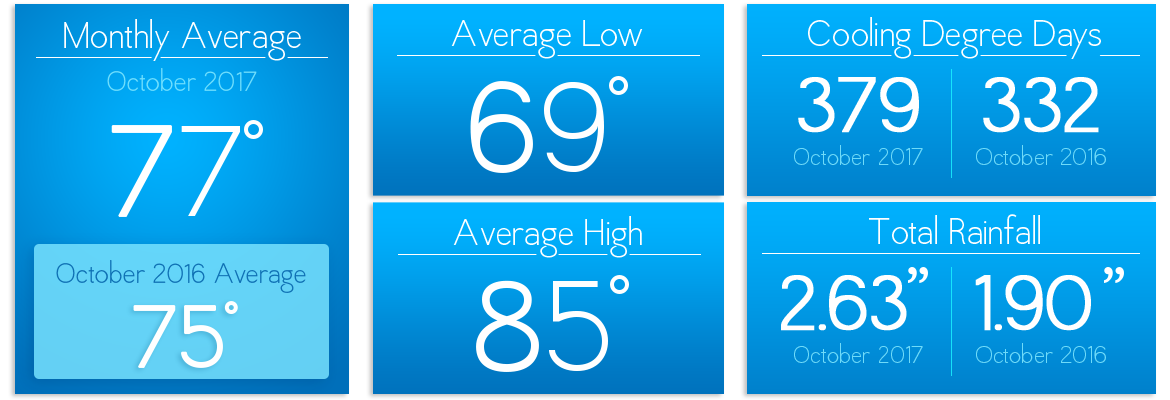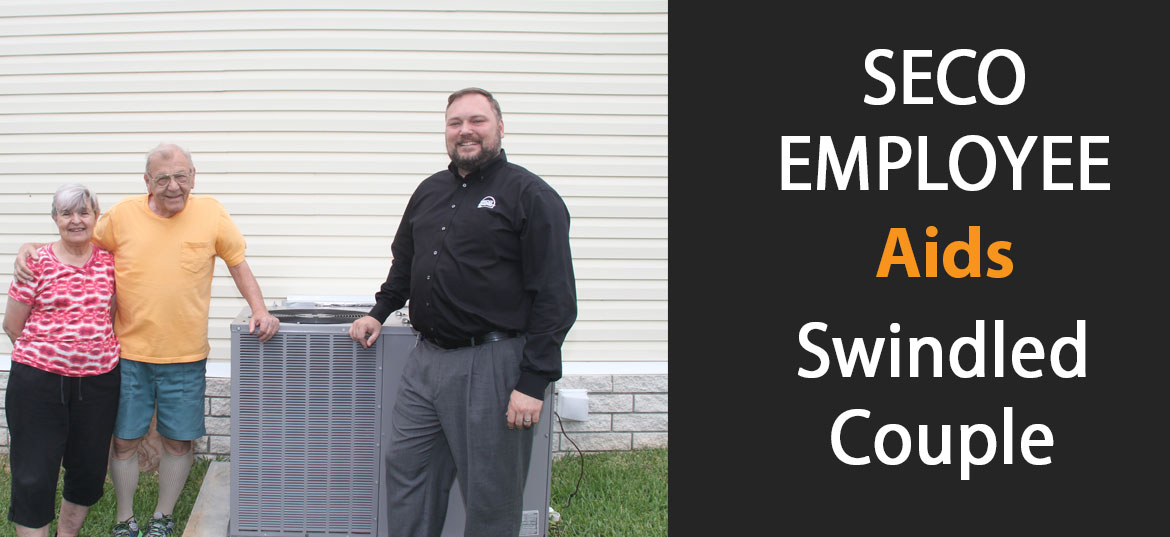To help members understand increasing energy bills this winter, SECO Energy has published its Central Florida January weather blog
January 2018 was much colder than January 2017. The average low in January was a chilly 46 degrees – last year at the same time the average low was a warmer 54 degrees. Central Florida residents experienced ten days of lows in the 30s and one day in the 20s, when snow flurries were reported at the Leesburg Airport!
SECO’s residential members consumed, on average, 30 percent more energy in January this year than last year. Members’ bills will reflect the increased energy consumption. SECO is advising members to expect an increase in usage and billing amounts of 30 percent or higher due to the cold weather.
Heating costs can vary widely depending on your home’s type of heat unit. If your thermostat does not have an “emergency heat” setting, then you will likely have electric resistance heat (also known as heat strips). This type of heating costs up to five times more to operate than a heat pump or conventional air conditioning unit.
SECO Energy’s Kathryn Gloria, Vice President of Corporate Communications and Energy Services, reminds members to be energy efficient in the colder months. “For energy efficiency, ENERGY STAR® recommends setting your thermostat at 68 degrees or lower. Members can install an ENERGY STAR programmable thermostat and utilize the pre-programmed settings to save energy year-round. And don’t forget to check the weather stripping on your windows and doors and re-seal as needed.”
Gloria added, “Even if you didn’t raise your thermostat settings in January, your heating unit ran more frequently to maintain your home’s temperature. That’s why it’s important for members to have their HVAC units serviced annually by a qualified technician and change the air filter according to manufacturer’s instructions.”
Members who are concerned about their January energy usage increasing more than 50 percent over last year’s usage are urged to contact SECO for a high usage investigation. To arrange for an Energy Services Specialist to visit and conduct the investigation, use the handy web form to contact SECO by visiting www.SECOEnergy.com. This service is free to SECO members.
There were 292 heating degree days for January 2018, while last year there were only 116 heating degree days (HDDS). Degree Days are based on how much warmer or cooler than 65°F the average temperature at a particular location is. With nearly three times as many HDDs in January, your heating units will have run more frequently to maintain your temperature setting.
For members who would like to learn more about energy efficiency, visit SECOEnergy.com and request a free in-home energy audit. “Like” SECO’s Facebook page and “follow” the company on Twitter for news releases and cooperative updates.
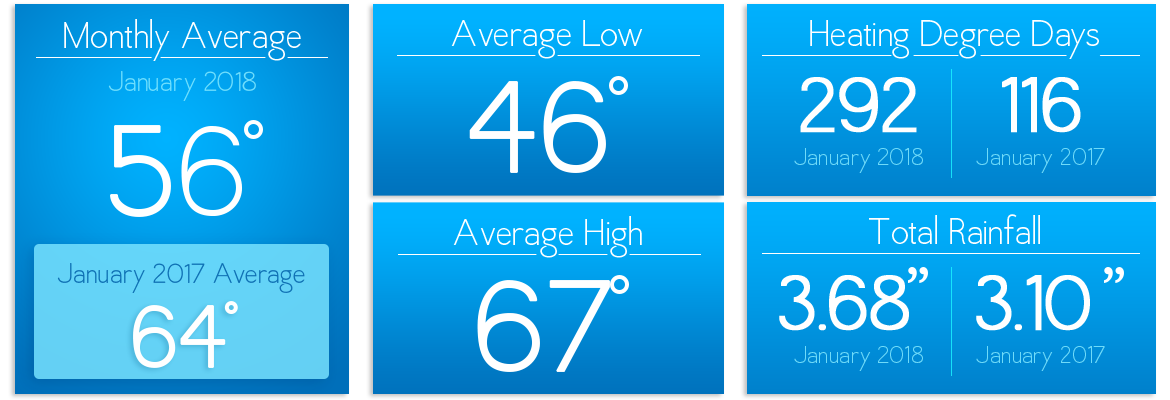
FAQ:
Why is my bill higher this January than it was last year? Temperatures were much colder this January. The average low temperature was only 46 degrees compared to 54 degrees last year. Even if you didn’t raise your thermostat settings during January’s cold weather, your heating unit ran more frequently to maintain your home’s temperature.
How do I ensure my heating unit is working properly? Have your unit serviced annually by a qualified technician. The best time is typically in the spring or fall before the extreme temperatures of summer and/or winter.
What should I set my thermostat at during cold weather? The recommended setting for heat is 68 degrees or lower.
How do I know if I have a heat pump unit? A heat pump thermostat will have an “Emergency Heat” setting.
What is the cost difference in a heat pump and electric resistance heat? Electric resistance or heat strips can cost up to five times more to operate than a heat pump unit.
I have a heat pump. Aren’t these supposed to be energy efficient? Heat pumps are very efficient; however, when temperatures drop into the 30s, heat pumps rely on auxiliary heat also known as emergency heat. Your thermostat will indicate if “auxiliary” or “emergency” heat is operating. Keep in mind that Central Florida experienced 20 days with temps that dropped to the 30s and one day that dropped to the 20s. During these low temperatures every type of heating unit ran frequently to maintain warmth.
How do I use a heat pump most efficiently? Set it and forget it. The less you adjust the thermostat the better. If you do need to make an adjustment, raise the temperature slowly one or two degrees at a time to prevent the emergency heat from operating.
What else can I do to get my heating bill down?
- Lower the thermostat to the lowest setting you are comfortable with. You can save 3-5 percent on your electric bill for every degree lower you set the thermostat.
- Be sure to check your weather stripping and caulking. A leaky house will use more energy and produce higher bills.
- Close your drapes or blinds at night to help retain the heat in your home.
I’m not even using my heat because I have space heaters, so why did my bill go up? Space heaters cost 15-17 cents per hour to operate. If you’re using two space heaters, the cost per hour would be about the same as a three-ton heat pump.
My bill is double the amount of last year’s bill and I can’t afford to pay it right now. What can I do? Contact us. For members whose bills are 50% higher than last year due to cold weather or a malfunctioning heating unit, SECO may be able to offer payment arrangements and waive late fees.
What energy efficiency tools does SECO offer to help me reduce energy use?
If you want to check historical usage, log into SmartHub to view past bills and charts. If your usage is high, SECO offers several energy-efficiency tools to help you identify energy wasters.
Take the Home Energy Assessment to receive a detailed email tailored to your home’s features and lifestyle. The energy-saving advice will provide low-cost ways to decrease your usage – and your electric bill.
To easily calculate how much energy your appliances, lighting, electronic devices, and other energy-using items in your home consume, use the Energy Estimator.
